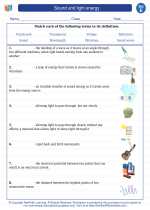Sound and light energy -> wind
Wind
Wind is the movement of air in the atmosphere. It is caused by the uneven heating of the earth's surface by the sun. When air is heated, it becomes less dense and rises, creating an area of low pressure. Cooler, denser air then rushes in to fill the void, creating wind. Wind plays a significant role in shaping the Earth's surface, distributing heat and moisture, and impacting weather patterns.
Factors Affecting Wind
Several factors influence the speed and direction of wind:
- Pressure Gradient: The rate of change of air pressure per unit distance. Wind moves from high pressure to low pressure areas.
- Coriolis Effect: The deflection of wind caused by the Earth's rotation, which causes wind to curve to the right in the Northern Hemisphere and to the left in the Southern Hemisphere.
- Friction: The drag force exerted by the Earth's surface on the moving air, which slows down the wind near the surface.
- Temperature Gradient: Differences in temperature between two air masses can also influence wind patterns.
Types of Wind
There are various types of winds, including:
- Local Winds: These winds are influenced by local geographic features and temperature differences, such as sea breezes, land breezes, and mountain/valley breezes.
- Global Winds: These winds are large-scale wind patterns that occur globally, including the trade winds, westerlies, and polar easterlies.
- Jet Streams: These are fast-flowing, narrow air currents found in the upper atmosphere. They play a significant role in weather patterns and aviation.
Measuring Wind
Wind speed is measured using an instrument called an anemometer, while wind direction is measured using a wind vane. Wind is typically reported in terms of the direction it is coming from (e.g., a north wind is blowing from the north to the south).
Impact of Wind
Wind has a significant impact on the environment and human activities. It affects weather patterns, influences the dispersal of seeds and pollen, shapes landforms through processes like erosion and deposition, and is harnessed as a source of energy through wind turbines.
Study Guide
To review and understand the concept of wind, consider the following key points:
- Explain the causes of wind and the factors that influence its speed and direction.
- Describe the different types of winds and their characteristics.
- Discuss the methods and instruments used to measure wind.
- Explore the impact of wind on the environment and human activities.
[Wind] Related Worksheets and Study Guides:
.◂Science Worksheets and Study Guides Fifth Grade. Sound and light energy
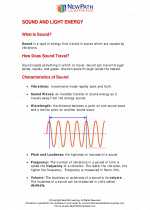
 Activity Lesson
Activity Lesson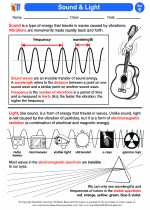
 Worksheet/Answer key
Worksheet/Answer key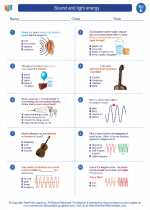
 Worksheet/Answer key
Worksheet/Answer key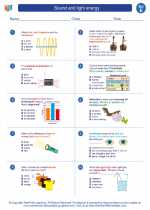
 Worksheet/Answer key
Worksheet/Answer key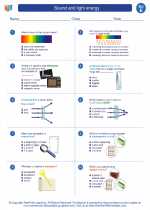
 Worksheet/Answer key
Worksheet/Answer key
 Vocabulary/Answer key
Vocabulary/Answer key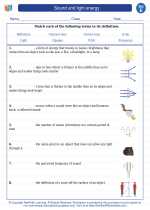
 Vocabulary/Answer key
Vocabulary/Answer key